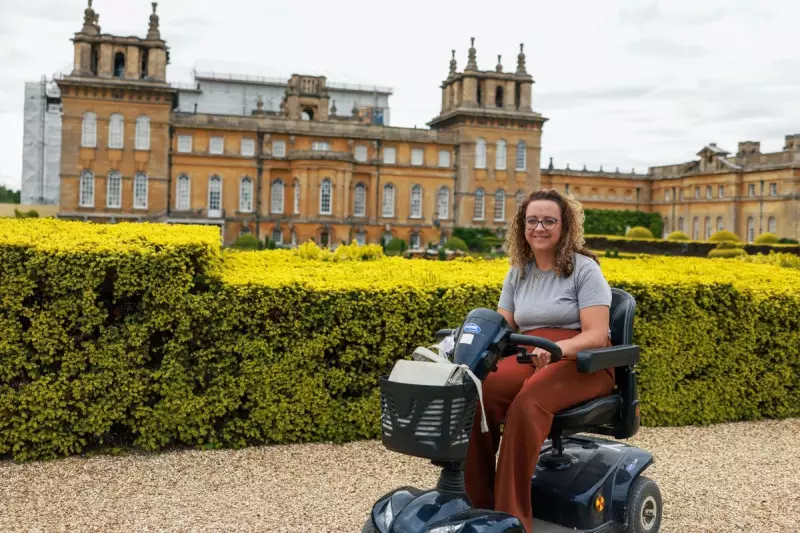
The rolling hills and honey-stone villages of the Cotswolds have long captivated visitors, but for those with mobility challenges, exploring this Area of Outstanding Natural Beauty has often felt like an impossible dream. However, significant progress is transforming the region into a welcoming destination for all.
Breaking Down Barriers in the Countryside
While historic landscapes and centuries-old architecture present natural accessibility challenges, a growing number of Cotswolds attractions are leading the charge in inclusive tourism. From adapted accommodation to thoughtfully designed visitor experiences, the region is proving that countryside charm and accessibility can coexist beautifully.
Must-Visit Accessible Attractions
Westonbirt Arboretum stands out as a gold standard for accessibility, offering mile-long paved paths through stunning tree collections, all-terrain tramper vehicles, and fully accessible facilities that make nature truly available to everyone.
Blenheim Palace combines magnificent history with modern accessibility, providing wheelchair loans, accessible routes through the palace and gardens, and specially designed experiences that ensure no visitor misses out on this UNESCO World Heritage Site.
Where to Stay: Accessible Accommodation
The Cotswolds now boasts several outstanding accessible accommodation options, including:
- Lysander House Hotel in Bourton-on-the-Water, featuring fully adapted rooms and excellent accessibility ratings
- The Wheatsheaf Inn in Northleach, offering accessible ground-floor rooms with wet-room bathrooms
- Several countryside cottages specifically designed for wheelchair users, complete with ramped access and adapted facilities
Navigating the Landscape: Transport and Mobility
Getting around the Cotswolds has become significantly easier with improved transport options:
- Accessible Taxi Services are available in major towns like Cheltenham and Cirencester
- Countryside Mobility scheme offers tramper hire for exploring rougher terrain
- Many popular walking routes now feature accessible sections with firm surfaces
Planning Your Accessible Adventure
Successful accessible travel in the Cotswolds requires careful planning. Always contact attractions in advance to confirm specific accessibility features, check weather conditions as rural paths can become challenging after rain, and consider visiting during quieter periods when staff can provide more assistance.
The transformation happening across the Cotswolds demonstrates that with thoughtful design and commitment to inclusion, England's most beautiful countryside can become accessible to everyone. While challenges remain, the progress made offers hope and practical solutions for disabled travellers seeking to experience this iconic landscape.





